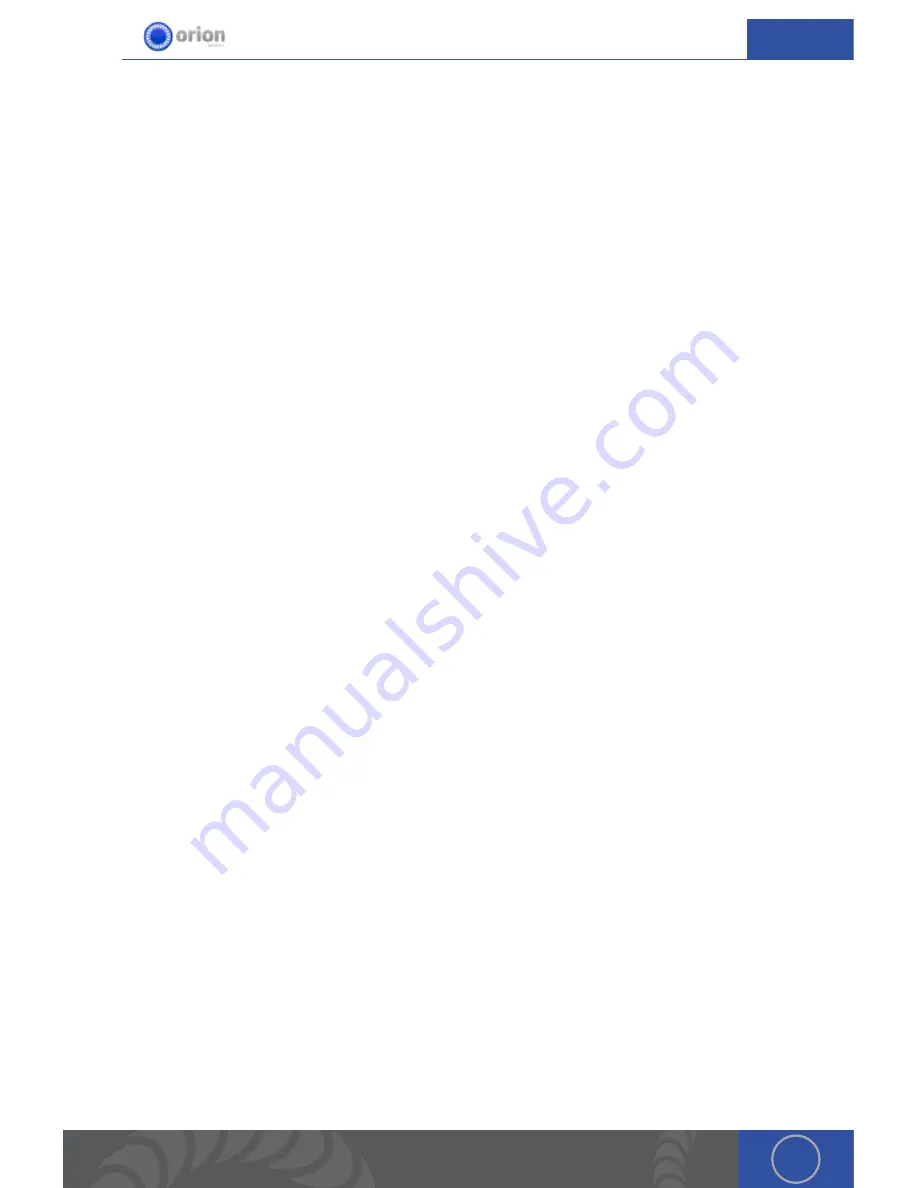
31
OrionWelders.com
ch
.
4
RESISTANCE WELDING TOOLS
It is always a good idea to have the resistance welding tool made from a material like copper
(when welding more resistive parts such as steels) . If using a tool to hold the work piece together
remember that firm pressure between the tool and the work piece is important to prevent welding
the tool to the work piece (e .g . brass lined pliers) . Then apply the correct pressure between the
work pieces to achieve your weld . This will help to ensure the resistance between the tool and the
part is very low and no weld is made at this location . Typically, it is not good practice to use a set
of steel pliers to hold a steel part, for example, during resistance welding . The tool can easily fuse
to the work piece .
Typically, steel is not used for resistance welding because of steel’s high internal resistance . This
high resistance means that a great deal of energy is dropped in the tool before even making it to
the weld location . The exception to making a resistance welding tool from steel is when only a
small amount of energy is needed . This may happen when only a light tack weld is needed before
pulse arc welding .
CABLES FOR RESISTANCE WELDING
A true resistance welding hand piece should transfer as much energy to the weld location as
possible . The Orion is capable of transferring over 3000 amperes to the weld location .
To enable this full energy transfer:
1 . The welding attachment should use 3 .5ft (~1m) of 10AWG cable .
2 . IMPORTANT the cable should be no larger than 10 AWG or damage to the welder may occur
(e .g . 8AWG is a larger cable) .
*Not all tack welds require this amount of energy . Smaller cabled pulse arc attachments can be
used for simple tack welds that require lower energy .
CUSTOM RESISTANCE WELDING TOOLS
It may be helpful to shape the tool for the application . Tools that clamp the parts (e .g . brass lined
pliers) should have as much surface as possible in contact with the part to allow more energy to
transfer to the weld location . Remember that the area between the work pieces should be small
to focus the energy if a strong weld is desired . A weldment or bump can be used to help focus
the energy if desired . If you are shaping an electrode to actually perform the weld then the tip
should be as small as is reasonable for the desired weld size (e .g . 1mm spot size or less is typical) .
Remember that when using an electrode to perform the welding process, the pressure applied
by the electrode tip determines the weld pressure and the heat generated . A weldment or bump
between the two parts to be welded can still be used to focus the energy . Place the electrode
directly over the weldment location (remember the weldment is actually between the two sheets
etc, not on the electrode) .






























